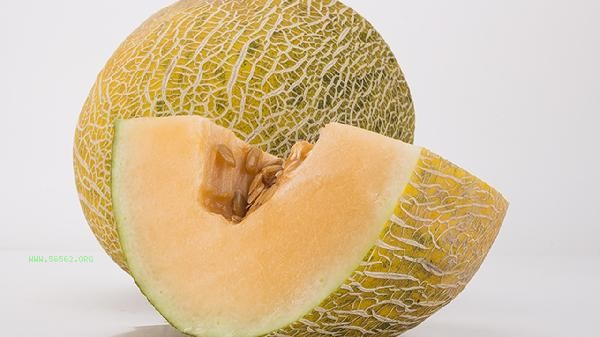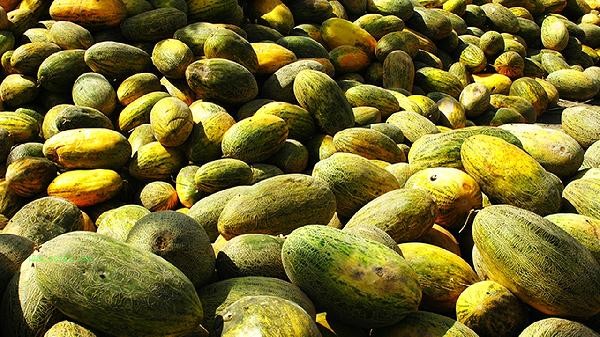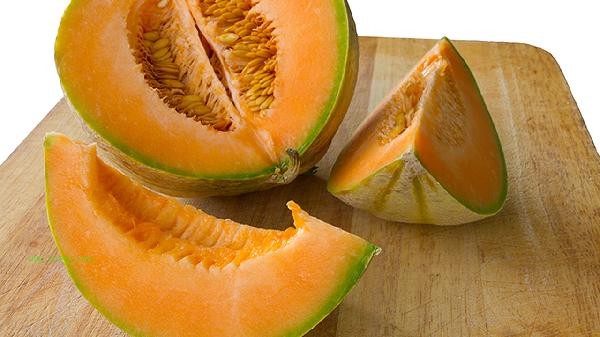The planting methods of Hami melon mainly include seed selection and seedling cultivation, soil preparation and fertilization, sowing and planting, field management, and pest control.

1. Seed selection and seedling cultivation
Select Hami melon varieties with strong disease resistance and adaptability to the local climate, such as Golden Queen or Xizhou Honey. The seeds need to be soaked in warm water for disinfection, germinated at 25-30 ℃, and sown in a nutrient bowl after germination. During the seedling stage, sufficient light should be maintained, water should be controlled to avoid excessive growth, and the seedlings can be transplanted after 25-30 days of age.
2. Soil preparation and fertilization
Choose sandy loam soil with deep soil layers and good drainage, and apply 3000 kilograms of decomposed organic fertilizer per acre, combined with 50 kilograms of superphosphate as base fertilizer. After deep plowing and fine raking, create ridges with a width of 1.2-1.5 meters and a depth of 20 centimeters, and lay drip irrigation belts for later water and fertilizer management.
3. Sowing and planting
When the ground temperature is stable at 10 centimeters above 15 ℃, plant in double rows with a plant spacing of 40 centimeters. Before planting, water thoroughly with bottom water, choose to transplant on a sunny afternoon, and cover with soil and compact after planting. The use of plastic film covering can increase soil temperature, suppress weeds, and promote early seedling development.

4. Field management
Keep the soil moist during the vine extension period and control moisture during the fruit setting period to prevent cracking of melons. When the main vine has 5-6 leaves, pick the heart and select 3-4 strong sub vines, leaving 1-2 melons per vine. Apply potassium fertilizer during the fruit swelling period and regularly turn the melons to ensure even coloring. Timely removal of old and diseased leaves to improve ventilation and light transmission.
5. Disease and pest control
focuses on controlling powdery mildew and melon stem borer. At the beginning of the disease, azoxystrobin suspension agent can be used for spray, and Bacillus thuringiensis biological agent can be used for insect pests. Implement a crop rotation system, hang yellow sticky insect boards to monitor insect infestations, and promptly remove and disinfect diseased plants.

Hami melons prefer warmth and are tolerant to drought, but are afraid of waterlogging. Adequate light should be ensured throughout the entire growth period. Watering should be stopped 15 days before the fruit matures, and harvesting should be carried out in the early morning, with 3-5 centimeters of fruit stalks remaining. The storage temperature should be controlled at 5-8 ℃ and the relative humidity should be around 85% to extend the shelf life. Suggest adopting ecological planting methods, reducing the use of chemical agents, and improving fruit quality.








Comments (0)
Leave a Comment
No comments yet
Be the first to share your thoughts!